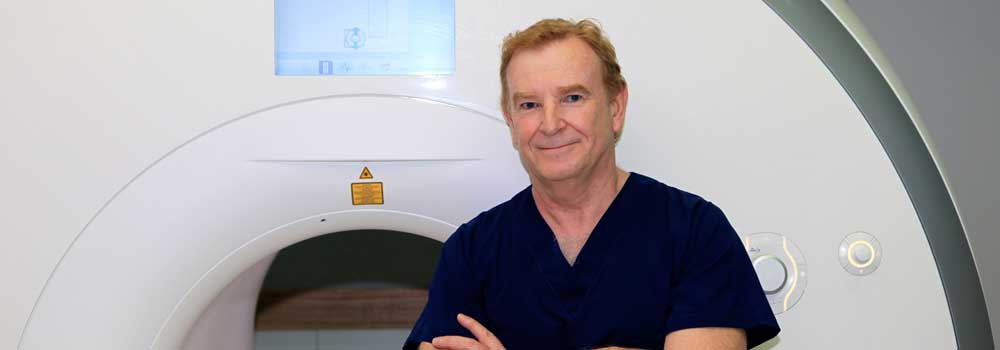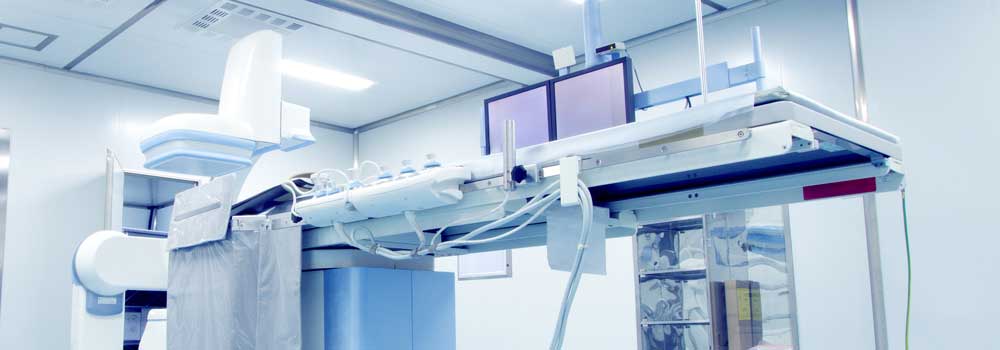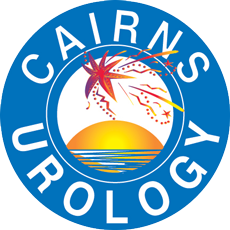



Cystoscopy
Description
The procedure is carried out in order to obtain a diagnosis for patients with symptoms such as recurrent infection, pain, bleeding, difficult or frequent urination.
Cystoscopy is a procedure which is carried out using an endoscopic instrument to visualise the lower urinary tract which includes the bladder and the urethra (tube draining the urine to the outside).
Cystoscopy is usually carried out as a day surgical procedure and generally speaking admission to hospital overnight is not required but may be necessary if further procedures are carried out. The need for admission will be discussed with the patient after the procedure has been completed. This is necessary in fewer than 1 in 3000 patients.
Procedure
The procedure is usually carried out under a general anaesthetic with a rigid instrument. That is, the patient is completely asleep. Sometimes the procedure may be carried out under regional anaesthesia where the patient is given an injection into a vein to induce drowsiness and another injection is placed in the patient’s back so there is no feeling or pain below the waist.
Flexible Cystoscopy
Alternatively if it is proposed to carry out a Flexible Cystoscopy, the patient is usually wide awake with no sedation and a local anaesthetic jelly is injected down the urethra in order to reduce sensation. This is done without the use of a needle.
Advantage
The advantage of Flexible Cystoscopy is that fasting is not needed and sedation, or anaesthesia (regional or general) is not needed.
Disadvantage
The disadvantage of Flexible Cystoscopy is that if there is a lesion present which might require removal or biopsy, (sampling) then that may not be possible to be carried out using the flexible cystoscope, and it may be necessary for the patient to return at a later date and have a general anaesthetic in order for the lesion to be removed with a similar rigid instrument.
Admission to hospital
The patient must bring all medications to hospital at the time of the admission. No medications should be ceased unless the patient is instructed to do so by the Doctor. The patient must bring all X-ray films if requested in order that the procedure may go ahead.
Before the Procedures
Your admitting nurse will take down the patient's history and prepare the patient for theatre.This may include:
• Collecting a sample of urine before the procedure.
• A shower with careful attention to the genital area. NB. soap only, no powder or deodorant.
• Dressed in theatre attire.
• Consultation by the Anaesthetist and pre-med given if ordered.
• Nursing staff will escort the patient to theatre.
• The patient will continue to remain fasting until after the operation which means nothing to eat or drink, including lollies and chewing gum.
• There should be no smoking prior to the anaesthetic.
• Generally thepatient will fast for 4 to 6 hours pre-operatively.
Post Procedure
When the operation is over, the patient will spend a short time in the recovery room where the nurses will monitor the patient closely until awake or feeling is regained in the legs (if a spinal anaesthetic has been given).
The staff will take the pulse, blood pressure and temperature regularly for the first couple of hours. This is routine. There may be an IV (drip) in place which is providing liquid until the patient is able to drink normally. There may be some bleeding in the urine but it is usually of small amounts as a result of the manipulation and will settle spontaneously with a high fluid throughput. Occasionally there is some discomfort on passing urine and this may be helped by Ural or Citravescent.
The patient will be reviewed prior to being discharged from Day Surgery and the findings, diagnosis and proposed plan of management outlined. It is often a good idea to have a carer with the patient who is driving home to be present at that time in order that some drowsiness associated with the anaesthetic does not affect understanding.
Referring Doctor
The referring Doctor or General Practitioner will receive a report on the procedure, recommended treatment and follow-up within 24-48 hours after the procedure.
Follow Up
An appointment for review at the consulting rooms will be made prior to discharge.
